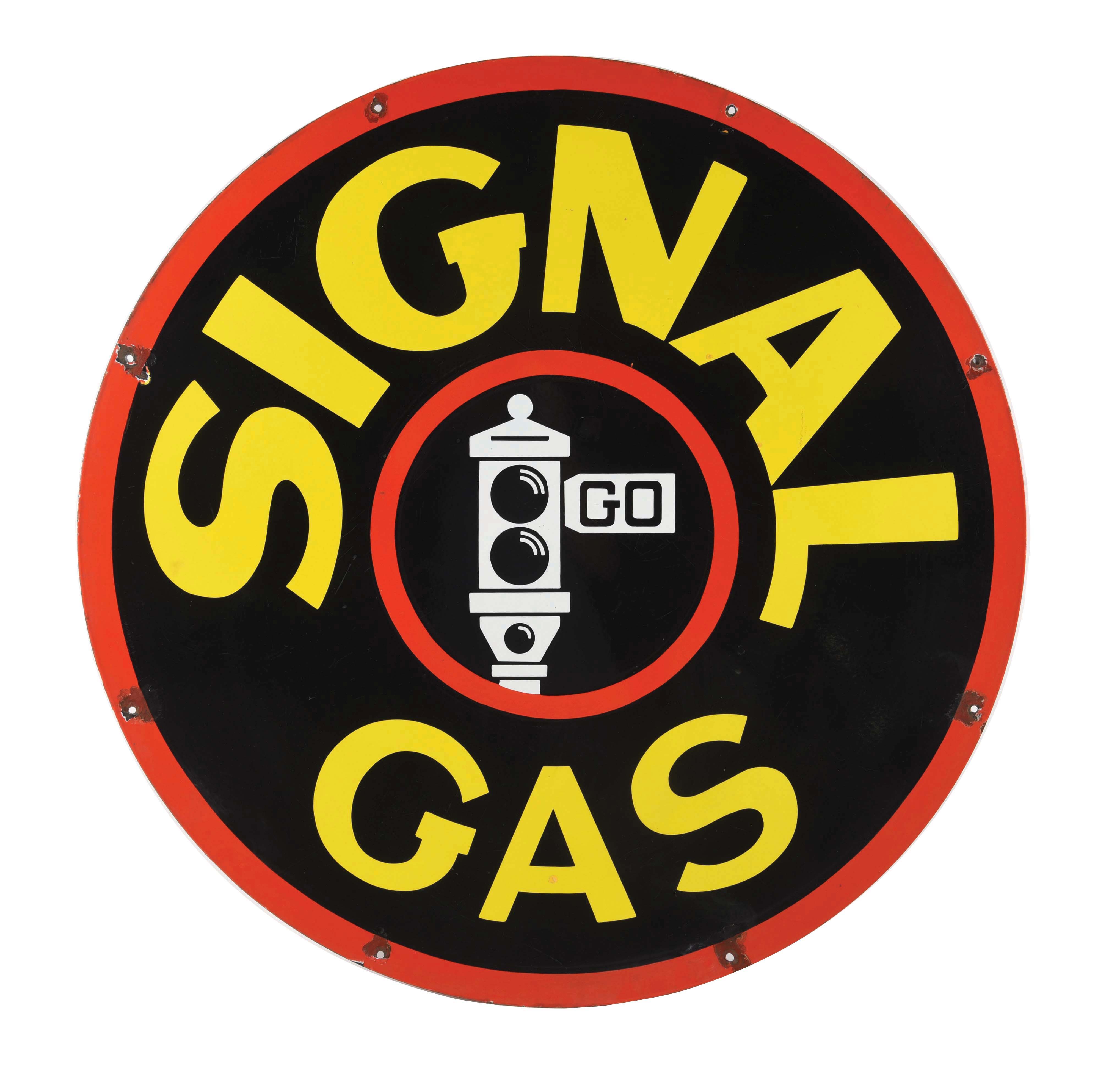An outstanding and extremely rare Second World War D.E.M.S. gunner’s D.S.M., Great War “Gavrelle Mill” M.M. group of ten awarded to Sergeant A. J. Kerslake, Royal Marines, who was wounded facing-off a determined low-level attack by a Fw. 200 Condor in February 1940 Distinguished Service Medal, G.VI.R. (A./T./Sgt. A. J. Kerslake, R.M., Ply. 17813); Military Medal, G.V.R. (Ply.-17813 Pte. A. J. Kerslake, R.M.L.I.); British War and Victory Medals (Ply. 17813 Pte. A. J. Kerslake, R.M.L.I.); 1939-45 Star; Atlantic Star, clasp, France and Germany; Africa Star; Burma Star; War Medal 1939-45, M.I.D. oak leaf; Royal Navy L.S. & G.C., G.V.R., 2nd issue, with Second Award Bar (Ply. 17813 A. J. Kerslake, Mne., R.M.), the Great War awards and Long Service polished, thus fine or better, the remainder good very fine (10) £3000-3500 Footnote D.S.M. London Gazette 8 June 1944. M.M. London Gazette 6 July 1917. Arthur John “Sam” Kerslake was born in Devon in November 1896 and joined the Plymouth Division of Royal Marines Light Infantry in December 1914. Posted to the 2nd Battalion, R.M.L.I., he first saw action at Miraumont in February 1916, and then, in April, at Gavrelle. On the 27th of that month his unit was given the task of assaulting the heavily fortified Gavrelle Mill, alongside the 1st Battalion, R.M.L.I. and Anson Battalion, Royal Naval Division. The resultant carnage is graphically described in Blumberg’s Britain’s Sea Soldiers, the mill being stormed and held at heavy cost - only ‘B’ Company succeeded in breaking through the enemy’s wire and after bitter fighting with boot, fist and bayonet, the German defenders were all killed or captured. The Marines then held their ground against repeated counter-attacks until relieved by another unit twenty-four hours later. As a consequence of many acts of bravery displayed on the same occasion, two M.C.s. two D.C.Ms and 19 M.Ms were awarded, Kerslake being among the latter recipients. He subsequently served in the Eastern Mediterranean in 3rd R.M. Brigade. Post-war, he enjoyed a spate of seagoing appointments, was awarded the L.S. & G.C. Medal in February 1930 and took his discharge in late 1938. Recalled on the renewal of hostilities, Kerslake was assigned as a ‘pensioned gunner’ to Defensively Equipped Merchant Ships (D.E.M.S.) and was given the acting rank of Sergeant on joining the S.S. King Edgar, a vessel armed with a 12-pounder on her poop deck and a 4-inch gun on her forecastle. Having then undertaken two voyages to Cape Town, the King Edgar was assigned to Hobart, Tasmania, and it was on the return leg of this trip, as part of Convoy SL 61 that Kerslake won a commendation for his bravery in command of King Edgar’s guns on 20 January 1941 (London Gazette 1 April 1941, refers). ‘Fighting Marine - Sam Kerslake’, by Roger Perkins (Royal Marines Historical Society Journal, Vol. XV, No. 1), takes up the story: ‘The convoy required nearly two weeks to approach British waters. A succession of gales hindered its progress and caused several ships to straggle behind the main body. Two of these were the King Edgar and a Dutch freighter, the Heemskerk. They were still battling to catch up, in the teeth of strong winds and a heavy sea, as dawn broke on 20 January. The convoy was now 500 miles due west of Galway Bay. Captain Arthur Wheeler, the King Edgar's master, could see seventeen other ships ahead of him at a distance of four to five miles. The Heemskerk was five cables away on his port beam. They were making less than three knots against the north easterly gale. Cloud base was down to 500 feet and enemy action in these conditions seemed unlikely, but he had ordered his look-outs and gun captains to be on full alert. His caution was justified when, at 1100, a large four engined aircraft was seen approaching from the south. Flying just below the clouds, it commenced a shallow dive towards the Heemskerk. Passing over the length of the Dutchman from dead astern, it released two 250kg. bombs. One ex
An outstanding and extremely rare Second World War D.E.M.S. gunner’s D.S.M., Great War “Gavrelle Mill” M.M. group of ten awarded to Sergeant A. J. Kerslake, Royal Marines, who was wounded facing-off a determined low-level attack by a Fw. 200 Condor in February 1940 Distinguished Service Medal, G.VI.R. (A./T./Sgt. A. J. Kerslake, R.M., Ply. 17813); Military Medal, G.V.R. (Ply.-17813 Pte. A. J. Kerslake, R.M.L.I.); British War and Victory Medals (Ply. 17813 Pte. A. J. Kerslake, R.M.L.I.); 1939-45 Star; Atlantic Star, clasp, France and Germany; Africa Star; Burma Star; War Medal 1939-45, M.I.D. oak leaf; Royal Navy L.S. & G.C., G.V.R., 2nd issue, with Second Award Bar (Ply. 17813 A. J. Kerslake, Mne., R.M.), the Great War awards and Long Service polished, thus fine or better, the remainder good very fine (10) £3000-3500 Footnote D.S.M. London Gazette 8 June 1944. M.M. London Gazette 6 July 1917. Arthur John “Sam” Kerslake was born in Devon in November 1896 and joined the Plymouth Division of Royal Marines Light Infantry in December 1914. Posted to the 2nd Battalion, R.M.L.I., he first saw action at Miraumont in February 1916, and then, in April, at Gavrelle. On the 27th of that month his unit was given the task of assaulting the heavily fortified Gavrelle Mill, alongside the 1st Battalion, R.M.L.I. and Anson Battalion, Royal Naval Division. The resultant carnage is graphically described in Blumberg’s Britain’s Sea Soldiers, the mill being stormed and held at heavy cost - only ‘B’ Company succeeded in breaking through the enemy’s wire and after bitter fighting with boot, fist and bayonet, the German defenders were all killed or captured. The Marines then held their ground against repeated counter-attacks until relieved by another unit twenty-four hours later. As a consequence of many acts of bravery displayed on the same occasion, two M.C.s. two D.C.Ms and 19 M.Ms were awarded, Kerslake being among the latter recipients. He subsequently served in the Eastern Mediterranean in 3rd R.M. Brigade. Post-war, he enjoyed a spate of seagoing appointments, was awarded the L.S. & G.C. Medal in February 1930 and took his discharge in late 1938. Recalled on the renewal of hostilities, Kerslake was assigned as a ‘pensioned gunner’ to Defensively Equipped Merchant Ships (D.E.M.S.) and was given the acting rank of Sergeant on joining the S.S. King Edgar, a vessel armed with a 12-pounder on her poop deck and a 4-inch gun on her forecastle. Having then undertaken two voyages to Cape Town, the King Edgar was assigned to Hobart, Tasmania, and it was on the return leg of this trip, as part of Convoy SL 61 that Kerslake won a commendation for his bravery in command of King Edgar’s guns on 20 January 1941 (London Gazette 1 April 1941, refers). ‘Fighting Marine - Sam Kerslake’, by Roger Perkins (Royal Marines Historical Society Journal, Vol. XV, No. 1), takes up the story: ‘The convoy required nearly two weeks to approach British waters. A succession of gales hindered its progress and caused several ships to straggle behind the main body. Two of these were the King Edgar and a Dutch freighter, the Heemskerk. They were still battling to catch up, in the teeth of strong winds and a heavy sea, as dawn broke on 20 January. The convoy was now 500 miles due west of Galway Bay. Captain Arthur Wheeler, the King Edgar's master, could see seventeen other ships ahead of him at a distance of four to five miles. The Heemskerk was five cables away on his port beam. They were making less than three knots against the north easterly gale. Cloud base was down to 500 feet and enemy action in these conditions seemed unlikely, but he had ordered his look-outs and gun captains to be on full alert. His caution was justified when, at 1100, a large four engined aircraft was seen approaching from the south. Flying just below the clouds, it commenced a shallow dive towards the Heemskerk. Passing over the length of the Dutchman from dead astern, it released two 250kg. bombs. One ex














Try LotSearch and its premium features for 7 days - without any costs!
Be notified automatically about new items in upcoming auctions.
Create an alert